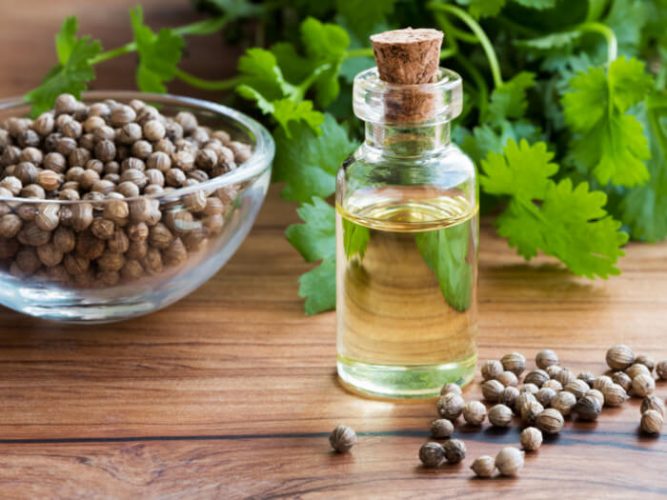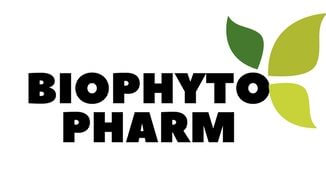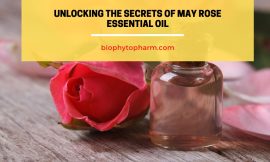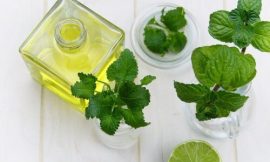
When I first moved to the United States from the United Kingdom, I was very confused by the term ofcilantroin reference to what, I believed, wascoriander. However, I have since learned the difference between the two terms, and how they are used in relation to the plant, and more specifically, the essential oil. Here’s a quick summary of what the terms coriander and cilantro mean – depending upon which part of the world you are located in.
Coriander and Cilantro as a Herb
A small annual herb that goes by the general name of corianderin the United Kingdom andcilantroin the United States is one example of why botanical names are important.Coriandrum sativum, of theApiaceaebotanical family, is highly aromatic, with bright green leaves, and umbels of white, lacy flowers. It produces green seeds, turning to brown on maturity after the flowering season is over.
Coriandrum sativumis indigenous to western Asia and Europe but it is now naturalized throughout North America. In common with mandarin and tangerine, the plant’s name was “altered” when it landed on North American shores, leading to confusion among those who use purely generic English names for plants.
Coriander Seed Essential Oil (UK and US)
Coriandrum sativumproduces both a seed essential oil and essential oil from the leaves and stalks of the plant. Theseedessential oil is known as coriander seed essential oil in both the United States and the United Kingdom. However, the termseedmay not be used in the United Kingdom, in conjunction withcoriander, as much as it is in the United States (based on my experience).
Cilantro Essential Oil (US)
Cilantrois the common term used in the United States to describe the essential oil produced from theleaves and stalksofCoriandrum sativum. It may also be referred to (to a lesser extent in the United States) ascoriander leafessential oil. It is worth noting that the chemical components of the seed essential oil and the leaves/stalks essential oil differ.
Cilantro essential oil has a lesser content of linalool (alcohols) than the seed essential oil and contains a high proportion of decyl aldehyde (aldehydes). Alcohols are generally less “reactive” chemical components in essential oils than aldehydes, although aldehydes are often more fragrant than many other chemical components.
Coriander Essential Oil (UK)
In the United Kingdom, the termcorianderis also used in general when referring to the leaf/stalk essential oil (known as cilantro in the United States: see above paragraph). In summary, there is no real distinction (in name at least) between coriander as aseedorleafessential oil in the United Kingdom (as there is in the United States), although the termsseedandleafmay be inserted into the name to ascertain which part of the plant the essential oil has been extracted from, and indicating the expected chemical components and therapeutic properties.




